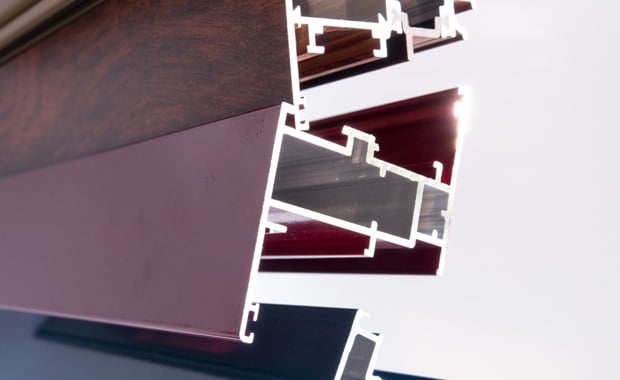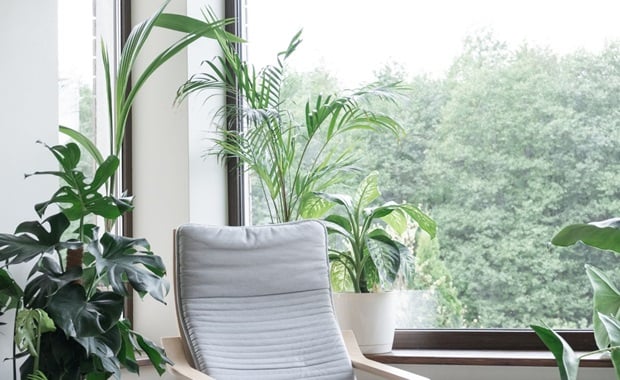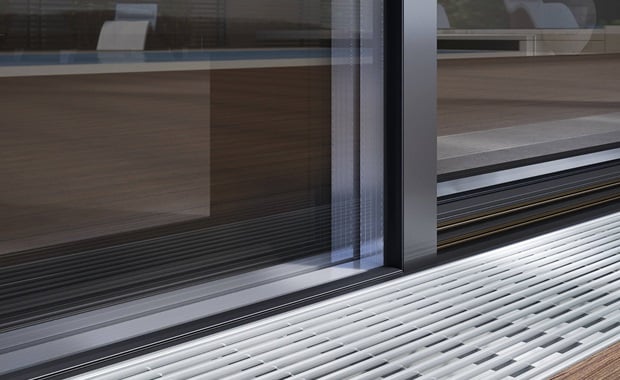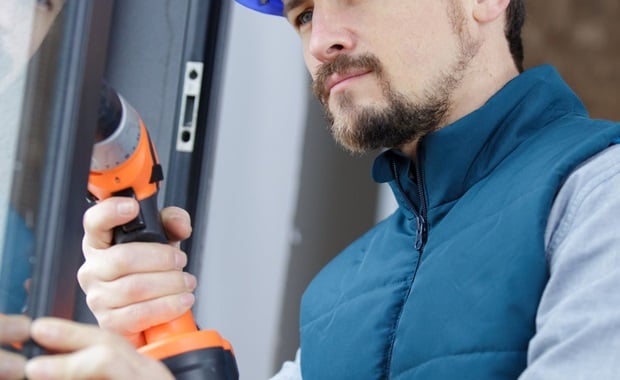 Video
Video
Glass panes
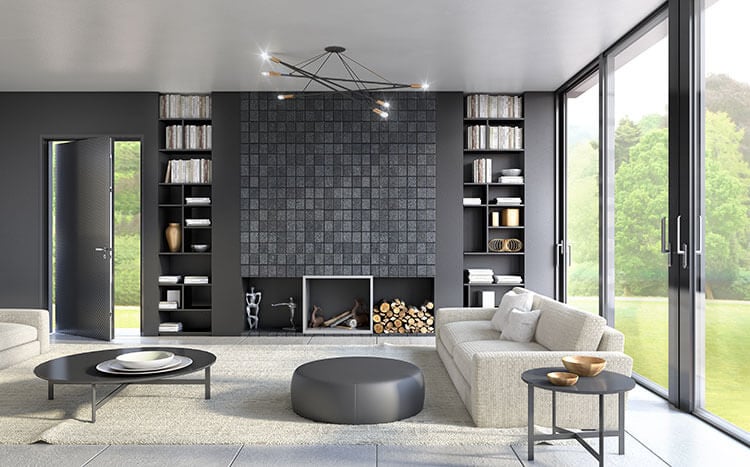
When it comes to choosing the ideal glazing for your home windows, selecting the right glass panes is crucial. Many of you might think that you have to choose between single, double, or triple glazing when the time comes to decide on the type of glass that suits your needs — but the truth is a bit different...
Beyond the type, it’s also important to consider the various features that glass panes can offer. Let's take a look at the main options and features to consider:
- Laminated or Tempered Glass Panes: Laminated glass offers increased durability and security, while tempered glass is resistant to strong pressure and shatters into small, safe pieces.
- Double or Triple Glass Panes: Double or triple glass panes offer superior sound insulation, effectively blocking out surrounding noise.
- Special Gases: The inclusion of special gases, such as argon, can enhance the thermal insulation of your windows.
- Thickness Selection: Glass thickness affects safety, as well as thermal and sound insulation. Choose the appropriate thickness based on your needs.
TIP: The glass pane is the main part of a window's total surface and represents, on average, approximately 70%—80% of its surface area. Thus, its role in energy efficiency, sound insulation and security is very important.
Types of Glass Panes
Single-pane: Simple and Cost-efficient
These are the oldest and simplest form of glazing. Basically, we are talking about a single glass pane in various thicknesses (usually from 3 mm to 12 mm) which has limited thermal insulation, sound insulation and safety capabilities. Due to lower costs, single-pane windows are great for garages, tool-sheds, and other non-heated outbuildings. Also, when single-glazing breaks, it is less expensive to repair as you only need one pane of glass. If energy efficiency is something you are concerned about, then double or triple glazing options are a wiser choice.
Double Pane Glass: The New Standard
Double glazing consists of two glass panes which are joined together usually through an aluminium spacer or a warm-edge spacer (polyamide profile) and sealed around with a special glue. They offer significantly higher thermal insulation and sound insulation compared to single glazing in which only one glass pane is applied.
Double-Pane Energy Efficient Glass: To Save Energy and Money
Energy efficient double glazing, also known as low-emissivity glazing, is structured like conventional double-glazing, but has special glass panes for higher thermal insulation with a special insulating gas in the space between them.
Specifically, it is composed of two glass panes which are joined together usually through an aluminium spacer or a warm-edge spacer (profile) and sealed around with a special glue. . The first glass pane is a clear float glass, whilst the second one is specially processed by applying a low-emissivity layer (low-E Glass), which ensures high reflection of the sun’s infrared radiation and, in that way, diminishes infrared radiation transmittance in interior spaces. In addition, as mentioned above, the space between the two glass panes is filled with argon gas for enhanced thermal insulation.
So, through energy efficient double-glazing, lower thermal losses from the interior to the exterior environment of your house are possible. Moreover, any undesired heat in the summer from the strong sunlight is reduced, thus ensuring more comfort.
Triple-Pane Glass: For Outstanding Energy Efficiency
Triple-glazing incorporates three layers of glass so as to ensure very high thermal insulation, enhancing the energy efficiency of a building. By applying Low-E coating in two glass surfaces, the heat that is transferred into the house from sun radiation is kept to a minimum, keeping your interior cooler during the summer, especially in regions with lots of sunshine. Besides the exceptional thermal insulation, they also provide very high sound reduction, contributing significantly to better living conditions.
Special Features
Low-emission energy-efficient glass panes (Low-e)
Low-E is a very thin layer applied to the inner surface of the glass, in double or triple-pane glazing. The coating may be invisible to the human eye, but it is certainly there and offers multiple advantages.
This layer offers protection from UV rays, which can fade carpets, damage furniture, and negatively affect your eyes and skin. It also reflects heat during the summer, filtering out solar radiation and blocking the sun's infrared rays, keeping your home cooler. In addition, a special class of passive Low-E coatings helps to keep warm air inside your home in winter, functioning similarly to a thermos bottle.
Safety glass panes
Laminated glass panes consist of two or more sheets of glass, which are glued together. One or more special adhesive films (polyvinyl butyral film, PVB) are inserted between the glass sheets, which do not affect the transparency of the glass. The film bonds the glass sheets together, creating a "sandwich" of glass and film, that becomes very compact and durable, with increased resistance to breakage, better safety and increased sound insulation.
Laminated glass panes, if broken, do not shatter in small pieces, thanks to the special film inserted between them, keeping the broken pieces of glass attached. This prevents dangerous and sharp shards that could cause serious injury, which is why it is called safety glass.
Thermally toughened glass panes (tempered)
Thermally tempered glass panes consist of glass that has been heat treated to achieve a higher degree of mechanical and thermal resistance. The glass is first heated to a temperature of over 600°C and then cooled either abruptly (full thermal toughening) or gradually (thermal strengthening). In both cases, a strictly controlled cooling speed is required. These treatments subject the surface of the glass to a permanent compressive stress, giving the glass unique properties, such as
- p to 5 times more resistance to mechanical and thermal shock (thermally tempered glass); or
- up to 2 times higher (thermally strengthened glass) compared to plain glass.
This treatment protects the glass from shattering due to extreme temperature differences that may affect its surface (e.g. frequently changing shading). This feature is particularly important for glazing exposed to intense solar radiation with high energy absorption on a daily basis. Moreover, when thermally tempered glass breaks it shatters into small glass granules, avoiding the risk of sharp shards, as is the case with plain glass.
Reflective glass
Reflective glass panes reflect a large part of the sun’s radiation, restricting its entry indoors to a considerable extent. They are an excellent choice in areas with lots of sunshine, ensuring better temperature conditions in the summer and preventing heat increase from solar radiation. Of course, they may cause annoying light reflections on the exterior environment and nearby buildings.
Fire resistant glass
Fire-resistant glass panes stand out for their resistance to fire, i.e. resistance to extremely high temperatures. Depending on their use, they can be either single glazed (without spacer) or double glazed with a spacer for better thermal insulation. Fire-resistant glass panes are always laminated, i.e. in "sandwich" form, with special expanding films, which expand above a certain temperature and provide increased fire-resistance protection. Depending on the time required to delay the entry of fire into the room, someone can choose the most suitable glass category ensuring protection for 30, 60, 90, or 120 minutes. Of course, the glass panel itself is not enough to ensure the required fire protection. The aluminium window or door system in which the glass panel is placed, must also be able to withstand fire accordingly. That is why fire resistant systems are always tested and certified for a specific duration in combination with fire resistant glazing.


